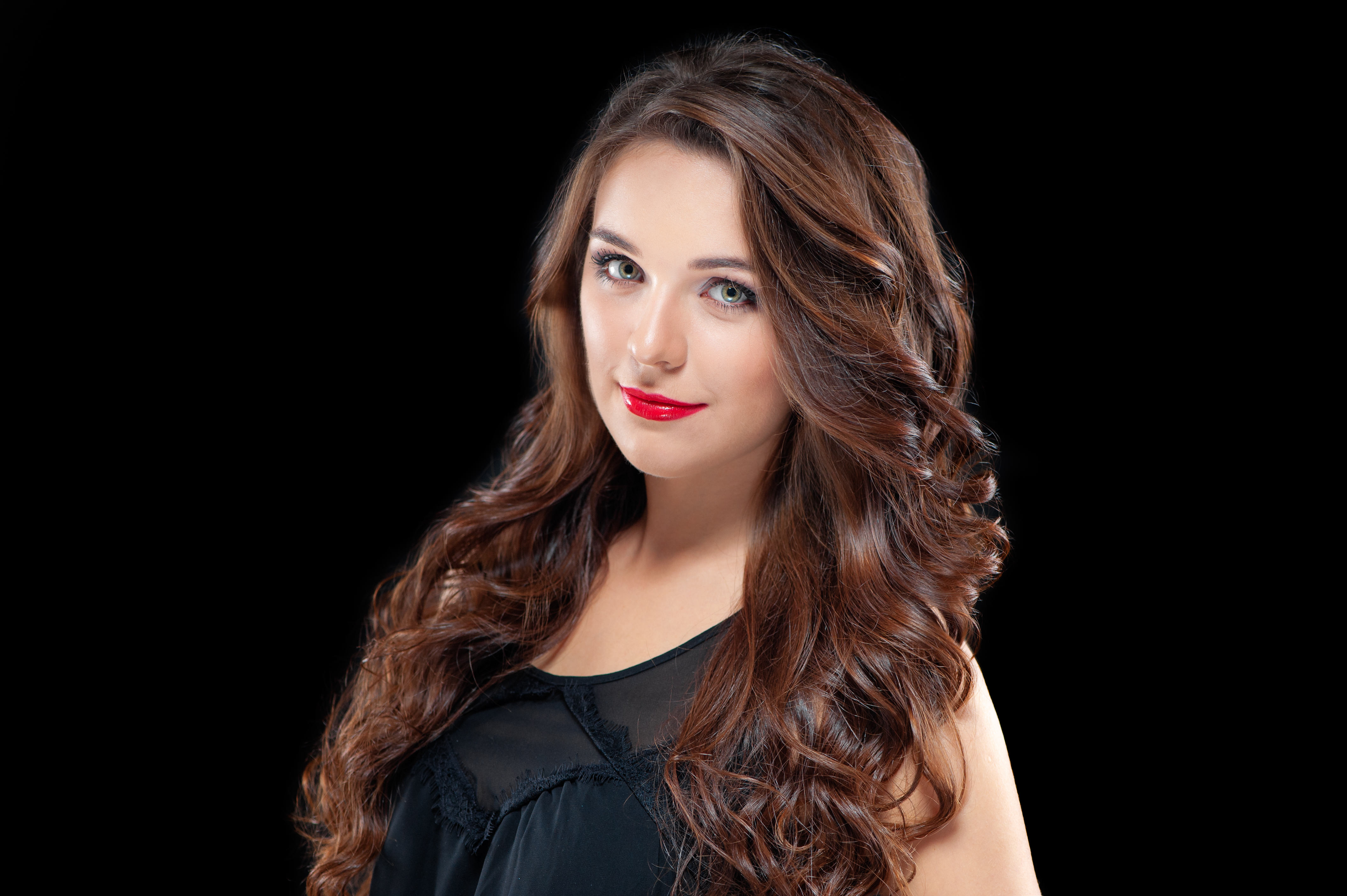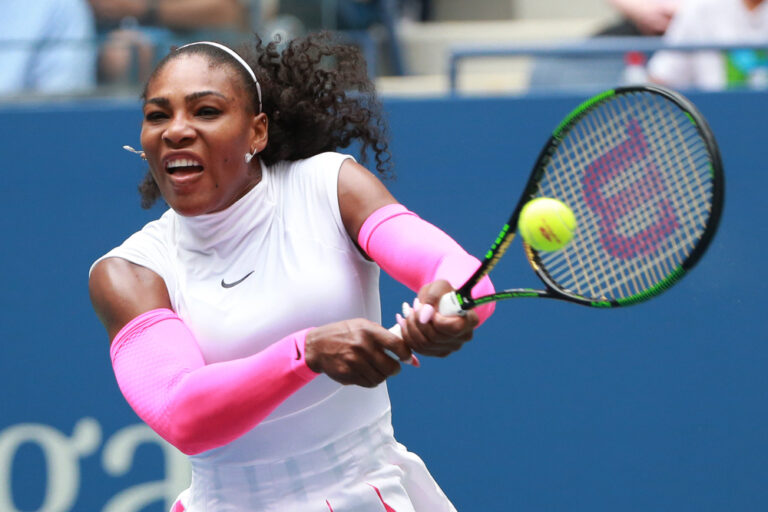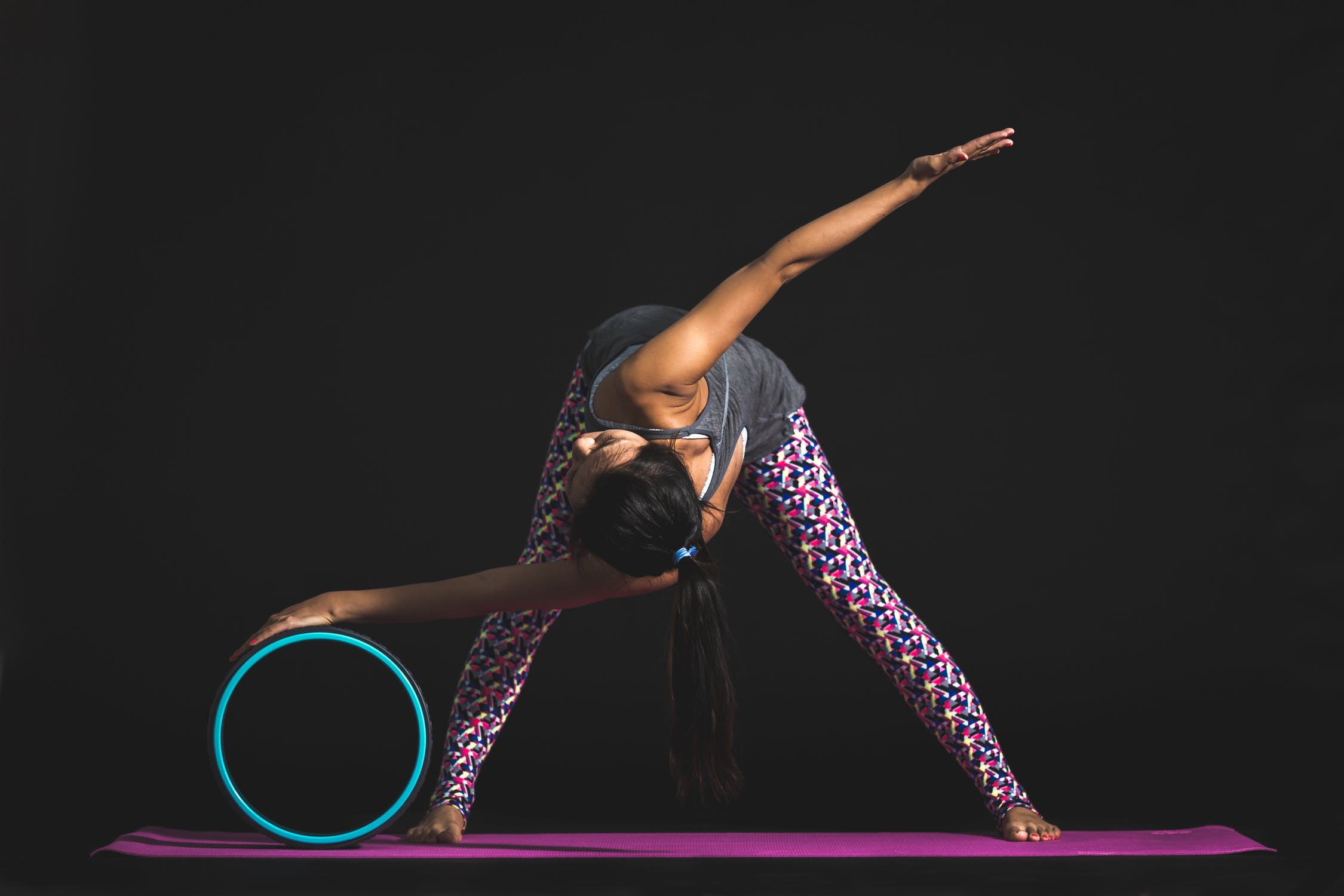
fciwomenswrestling.com femcompetitor.com, fcielitecompetitor.com, fciwomensports, pexels.com Burst
January 4, 2020,
Women’s sports in January always gets a great jump start during the Australian Open.
The 2020 Australian Open is a Grand Slam tennis tournament that will take place at Melbourne Park, from January 20 through February 2, 2020.
How long has it been around?
It will be the 108th edition of the Australian Open, the 52nd in the Open Era, and the first Grand Slam of the year.
The tournament will consist of events for professional players in singles, doubles and mixed doubles. Junior and wheelchair players will compete in singles and doubles tournaments.
As in recent previous years, the tournament’s main sponsor is Kia.
Naomi Osaka is the defending champion in Women’s Singles.

Every year we see an enhancement, an upgrade or a change.
This will be the first edition of the Australian Open with GreenSet, a hard surface from company GreenSet Worldwide. GreenSet is the third type of hard surface used for the Australian Open.
GreenSet is an acrylic hardcourt surface used in many professional tennis events run by the International Tennis Federation (ITF) and on the ATP and WTA tours. It is made of layers of acrylic resin and silica on top of an asphalt or concrete base, for permanent facilities, or on top of a wooden platform, for venues with occasional use.
GreenSet surfaces are homologated by the ITF Court Pace Rating categories, classified in the Medium-Slow, Medium and Medium-Fast.
GreenSet has been in use since 1970, when it was first introduced in Europe. Since then, over 60,000 tennis courts around the world have been coated with GreenSet.
You learn something new every day.
We’re green with envy and delight. Wish we could play on one.
Another aspect of the Australian Open that constantly needs enhancement is their weather and conditioning policy. It can be extremely hot in Melbourne in January.
This was news in 2018. As reported by USA Today, “French player Alize Cornet has called for the extreme heat policy at the Australian Open to be re-evaluated after she said she nearly fainted in the broiling temperatures during her third-round match Friday at Melbourne Park.
Other players echoed her concerns, with Rafael Nadal saying playing in such extreme heat can be “a little bit dangerous for the health.”
In watching the Australian Open since the early 1990s, we can’t say enough about how conditioning has a dramatic effect on the outcome of so many matches.
Regarding female conditioning, there is an interesting book making the rounds at Amazon.
It’s titled, “Strength and Conditioning for Female Athletes.”
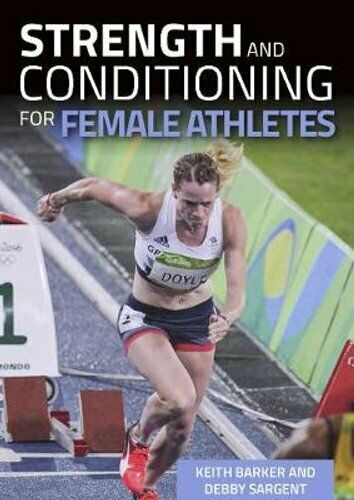
Time for a preview, “Women’s sport in general has gained an increasingly higher profile and level of respect in recent years, and it is becoming widely acknowledged that a female athlete’s training programmes will differ in several respects from that of their male counterparts.
Despite this, there is a dearth of research evidence available to coaches and athletes to guide the planning and programming process, with limited comparisons of training adaptations between the genders and in particular, a lack of investigation into elite female performers.
Strength and Conditioning for Female Athletes contains insights from various experts in this specialised area. This text outlines specifically what is and what isn’t known regarding female athlete development, and exposes the gaps that currently exist in the academic literature, with practical examples of applied practice. Coaches, sports scientists and athletes themselves will find here a wealth of useful information, with topics including: needs analysis; programme design for the basic biomotor abilities; speed and agility; long-term athlete development; the menstrual cycle and gender-specific injuries.”
Sounds fairly involved and well-researched. Appears to be worth a look.
We have a visiting female writer who would like to add her insights into the need for female athletes to achieve superior conditioning.
Margaret A. Hofmann, MEd is an ACE-certified Personal Trainer and Performance Coach who has been mentoring and training female athletes for 25 years. She is a former Division I College Volleyball player and College Coach.
Please enjoy and benefit from her insights.
Training Female Athletes – The Keys To Designing a Successful Conditioning Program
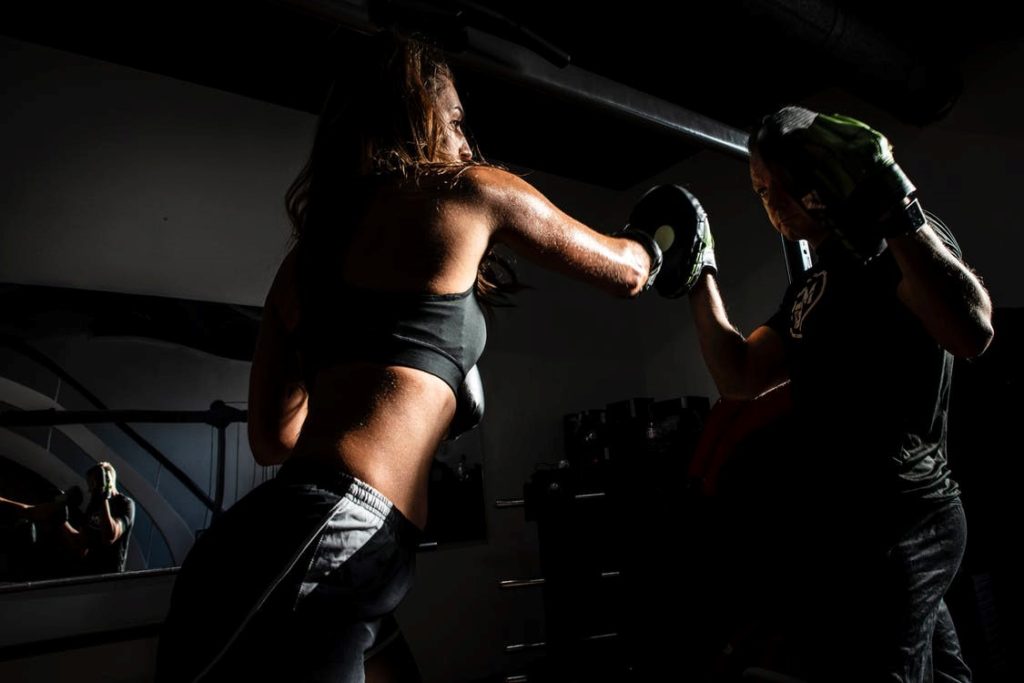
It is time that we, (the educators, teachers, parents and coaches) of female athletes all understand and accept the fact that female athletes are different from male athletes and these differences require a female athlete to train differently from boys/men. Female athletes are different in stature, muscle strength and have joint issues different from their male counterparts. This does not make female athletes weaker mentally or physically in any way. In fact, a female athlete’s unique anatomy and biological makeup makes them more conducive and more successful than boys/men in certain sports and activities.
It is also time to get away from the practice of female athletes using the men’s conditioning programs and protocols. Girls/women deserve more time and attention given to their conditioning programs and we all must work to erase the myths, stereotypes, social pressures and negative attitudes associated with the practice of strength training. Coaches of female athletes may need to educate themselves on how to design a strength and conditioning program for their female athletes and stress the importance of continuing a program over a period of weeks, months and years. Studies have shown that women do not adhere to a strength training program as much in comparison to men.
When I talk about strength and conditioning, I am not recommending that an athlete join a health club, spend a lot of money, train on exercise machines or buy big and bulky pieces of equipment for their basement. It is important to point out that female athletes can train at home or in a comfortable environment with a minimal amount of equipment and space. Using an air ball, dumbbells, tubing bands or just your body weight, can be effective training aids in delivering a great workout for an athlete with little or no dent to the pocket book.
Listed below are the keys to developing a proper strength and conditioning program for female athletes. This is what the female athlete should be doing!
- As a young girl just starting out in sports or physical activities, training should focus on sport movement, sport strength and sport balance. In other words learn how to move efficiently within your sport. Work on basic movement skills and the fundamental skills in your sport. Learn how to stop and start, cut, twist or turn. Girls need to learn to move more like tennis players. Tennis players stay forward on the balls of the feet, taking lots of little steps. They stay in an athletic stance, ready to move, pivoting on the front of the foot, with the knees bent. It is also important to keep the knees over the toes. Emphasize lateral and rotational movement patterns. Perform agility drills to teach change of direction while staying low in an athletic stance with knees flexed. Strength training must be sport specific, whole-body and multi-joint. The hip, the foot, the trunk and the shoulders all control the knee. Start with body weight exercises before adding external resistance and balance training needs to be incorporated into the conditioning program. Keep training fun. This is like a training for training period.
- At a young age, girls should learn how to jump and land to prevent injuries, in particular anterior cruciate ligament (ACL) knee injuries. It is extremely important to have controlled, quality landings and soft landings from a jump, land like a feather, not wobbly knees or hard, loud landings. Land on the balls of the feet with knees flexed and ankles bent to absorb the force. It is important for coaches to teach and monitor how a girl handles a jump.
- At a young age, girls should learn how to run properly. Coaches should teach the proper form, biomechanics and foot strike technique. This will contribute to a smooth, efficient motion and help prevent injuries in particular overuse injuries to the knee, hip, back, foot and ankle.
- Stress the importance of wearing the proper shoes when strength training and in practices and games. Women are more flat-footed and knock-kneed so it is critical their shoes or insoles address these issues.
- It would be ideal for a girl/woman to start a strength and conditioning program at least before junior high if they plan to compete and be successful at the high school or college level in their sport. The training should be year round with the proper amount of rest periods incorporated into the yearly training cycle. High school female athletes most definitely should be strength training year round.
- A strength training and conditioning program should focus on exercises that strengthen the knee joint to help prevent ACL injuries. The quadriceps, especially the vastus medialis and more importantly, the hamstrings, which is normally much weaker in strength in comparison to the quadriceps in women. Also strengthen the abductors and adductors.
- Focus on core strength. This does not mean training for appearance by getting a six pack. What I mean is training the chest, abdominals and upper and lower back and hip areas. These are problem areas for many female athletes. Train the core from a standing position, this is more functional and more sport specific. If you are ever pressed for time and can only do a few exercises, do core work.
- If the sport requires a good deal of throwing motions, train the rotator cuff muscles in the shoulder joint. Also work the upper back muscles, the rhomboids, which help stabilize the scapula and takes stress off the shoulder joint and musculature.
- Train in a functional manner. Most of the exercises in the training program should be closed chain, (standing, feet on the floor) which incorporates balance, coordination, agility and proprioception into each movement. Get off the machines and move freely with multi-joint and multi-planar exercises.
- Stress proper nutrition and hydration at a young age. We are seeing osteoporosis in individuals at younger and younger ages each year. I highly recommend that female athletes and their parents meet with a Nutritionist/Dietician to ensure that the female athlete is getting the proper nutrition on a daily basis in relation to her activity level. It is safe to say that all female athletes could benefit from a daily multi-vitamin.
- When a female athlete is maturing (12-13 years of age), training emphasis should shift from training for athleticism as a youth, to training to enhance locomotion, level changes, push pull movements and rotation. If an athlete has a strength training history and has developed a good strength and flexibility base, the athlete can then incorporate more advanced forms of training into their program. For example, more advanced plyometric training, training for speed, power and explosiveness and power training with the Olympic lifts. This is a training to compete period.
Athletes, please consult your physician before starting any new exercise program.
To learn more about issues facing the female athlete, visit [http://www.femaleathletesfirst.com] the “home” for female athletes on the web. Margaret Hofmann, the owner of Female Athletes First, is an ACE certified performance coach who specializes in designing and providing functional strength and conditioning programs for the female athlete. She has been mentoring and training female athletes for 25 years in the education, athletic and fitness fields.
~ ~ ~
Opening photo credit WTA tennis
https://en.wikipedia.org/wiki/2020_Australian_Open
https://en.wikipedia.org/wiki/GreenSet
https://www.amazon.com/Strength-Conditioning-Female-Athletes-Sargent/dp/1785004093
https://EzineArticles.com/expert/Margaret_Hofmann/171536
http://EzineArticles.com/967207

